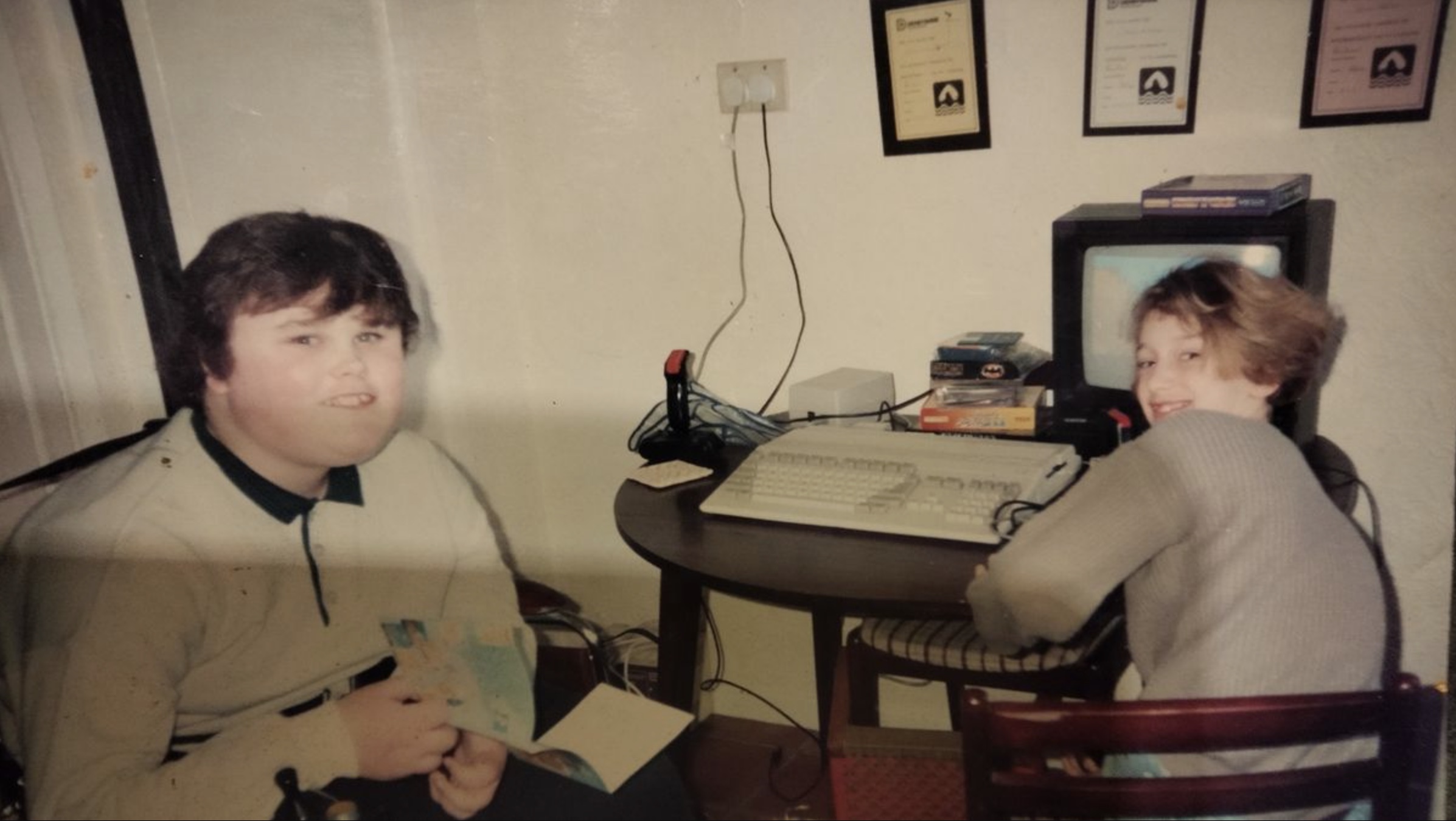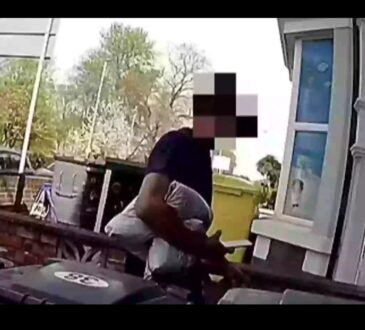After 30 years, a dead teen’s missing computer is discovered, but the contents move the mother to tears

The rediscovery of Richard McFarlane’s computer-generated artworks has brought immense joy to his family, who had been missing him and his creations dearly for over three decades. Richard was a gifted young artist who showed great promise in his artistic abilities, even from a young age. Unfortunately, his life was cut short due to Duchenne muscular dystrophy, a genetic disorder that causes muscle degeneration and a shortened lifespan. Richard passed away at just 17 years old, leaving behind a collection of artworks that were created on his Amiga 500 computer using Deluxe Paint.
After Richard’s passing, his computer was left unused and stored in the family’s attic. Despite the sentimental value attached to the computer and its contents, the family had attempted to donate their old computers previously but was unsuccessful. The computers were deemed to have no value and were not accepted by any organizations or individuals. The family had no choice but to keep the computer stored away, where it remained for many years.
This year, Richard’s sister Tamsin came across an appeal for donations to the newly established Derby Computer Museum, which is located in Derby City Centre. She decided to donate her brother’s computer-generated artwork to the museum. The museum’s creator, Rob Watson, was able to retrieve copies of one of Richard’s artworks from the old PC.
Before the museum was opened to the public, Rob gave Richard’s family a tour of the museum, revealing a section of one of the rooms dedicated to Richard. The section showcased Richard’s functioning computer, a plaque sharing his story, and video game posters that Richard had collected over the years. The family was presented with a special framed photograph of some of Richard’s drawings during an emotional evening.
Tamsin expressed her gratitude to the museum for creating such a meaningful tribute to her brother, and it was wonderful for her to see all the pictures again after thirty years. Richard’s mother, Jen, shared that it was heartwarming to see her son’s work on display, and the dedicated section brought back memories that choked her up. She expressed her appreciation for the museum’s care and attention to Richard’s memorials.
In conclusion, the rediscovery of Richard’s computer-generated artworks has brought closure and joy to his family, who had been missing him and his creations for over three decades. The museum’s dedication to Richard’s memory has created a meaningful tribute to his life and artistry, and it is heartening to see his legacy continue to inspire others.




